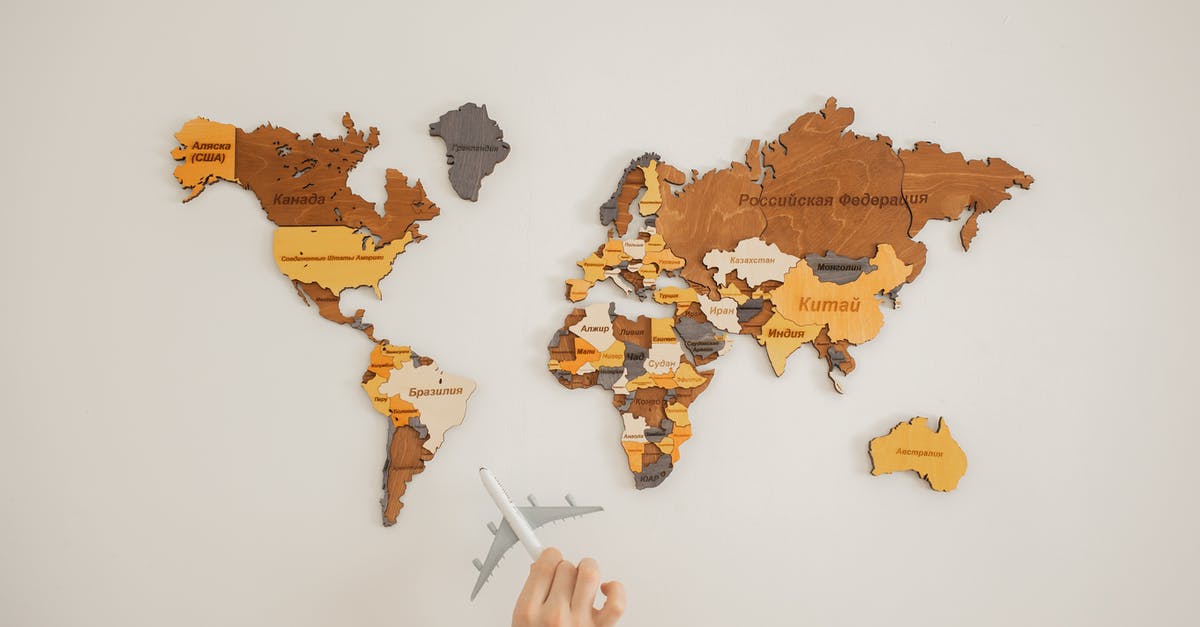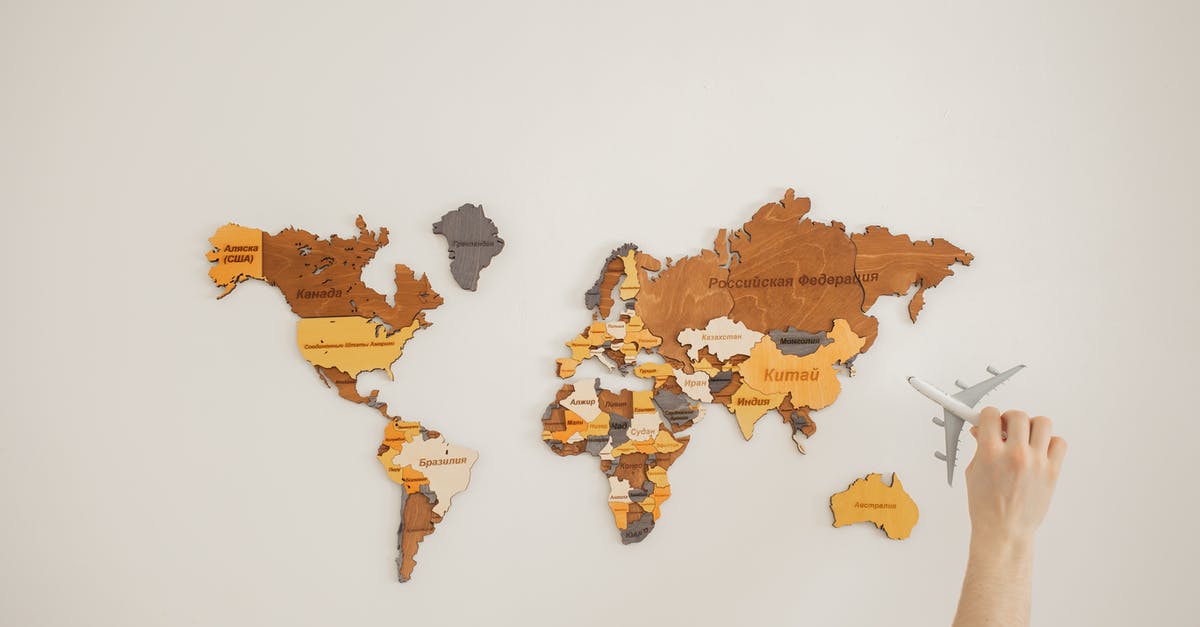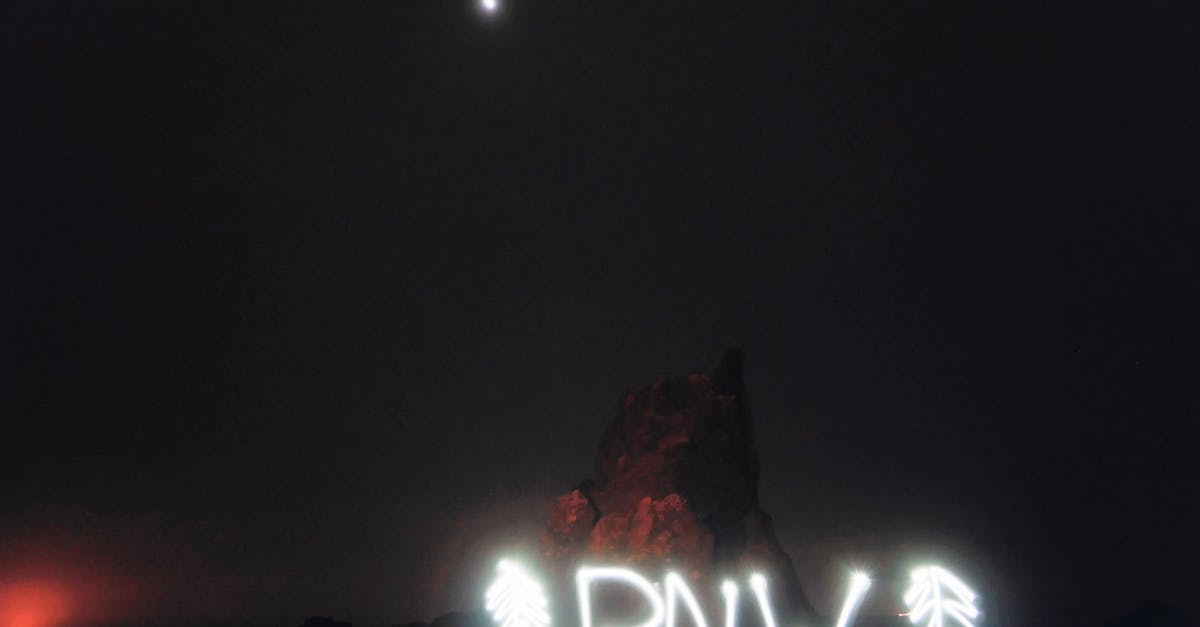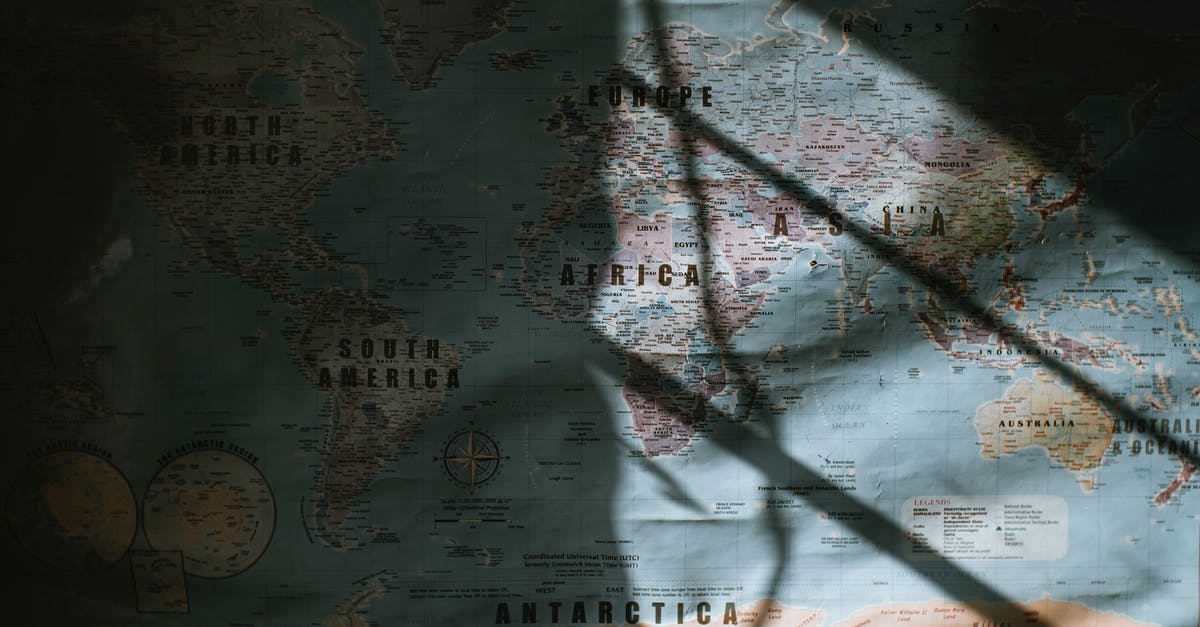How much does it add to a North America / Australia journey to go "the wrong way"?

North American flights to Australia generally involve getting to the west coast (LAX or YVR) and then crossing the Pacific. I believe Air Canada used to have a tech stop in Hawaii and still may. I am starting to think about the logistics of this trip and am wondering whether going across the Atlantic, having stopovers in slightly more exciting locales than LAX or YVR, would be completely ridiculous or not. Turning a 21 hour journey into a 24 hour journey is really no big deal, for example.
I need to take into account not only the total flying time, but also the length of the stopovers. If an airline only has one or two flights a day then the chances are the connections will be longer than if it's a more frequent flight. Also if there is a long stopover at an airport than is hours from its town, that is sort of a useless stopover compared to one that is a destination in itself or is really close to its town.
Best Answer
One of the joys of living in a 3 dimensional world (Eat your heart out The Simpsons!) is that there's more than just the East or West - there's actually numerous routes you can take from the US to Australia - including both North and South!
How much these routes actually add obviously depending on where you're starting from - if you're in San Diego it's obviously going to be a different answer than from New York.
For simplicity, let's presume you're starting out in New York. It's not YYZ, but it gives the best options :)
This Great Circle map gives a number of the "single stop" options and their distances.
The most obvious routes are those via the West Coast - NYC-LAX/SFO-SYD (flown by numerous airlines) and NYC-DFW-SYD (flown by AA/Qantas) both come in around the 10,000 mile mark. (The DFW flight has a stop in Brisbane on the way to Australia but not on the way from Australia, and it's basically just a fuel stop and you continue on the same plane to Sydney). Even going via Hawaii is around the same distance, but has the disadvantage that half of the trip will be on a domestic-configured plane.
The next best option is to head North! Going via Japan means going via the polar route, and only adds about 15% distance to the flight - and still only a single stop. Hong Kong and Singapore also take a similar route, but bump the distance by about 25% and 35% respectively. (NYC-SIN is also available only in Business Class - there's no direct economy class flights)
If North isn't your thing, you can always head South! Via Buenos Aires adds about 25% to the distance, although the direct flights EZE-SYD are frequently seasonal so aren't always available.
Finally there's East. There's countless routes heading East, but the majority of them will require 2 stops. Options such as Dubai or Doha, Qatar drop this to one stop, but it's still >40% longer than heading West. Adding an extra stop such as NYC-FRA-SIN-SYD actually makes the trip shorter from a distance perspective (only about 40% over the westerly routes) - but obviously with the disadvantage of another stop.
All up, if you've got time to spare then heading east and planning a stopover somewhere in Europe/Asia can be a good option, but it's definitely going to increase the distance you're flying, the time it takes, and probably the cost. Personally I love the westbound flights - they depart the US west coast late at night, and arrive in Australia about 14 hours later when it's early morning. As long as you can sleep at least a little on the flight, you normally arrive relatively well relaxed and ready to face the day! I've done US-AU 3 to 5 times every year for the past 5 years (from the US west coast, east coast, and central) so I've got a little experience here :)
Pictures about "How much does it add to a North America / Australia journey to go "the wrong way"?"



Is a piece of North America stuck to Australia?
Geologists matching rocks from opposite sides of the globe have found that part of Australia was once attached to North America 1.7 billion years ago.Was Australia ever connected to North America?
Scientists believe that one region of modern-day Australia was once attached to North America, but broke away 1.7 billion years ago. After drifting around for some 100 million years, the chunk eventually crashed into what's now Australia, forming the "supercontinent" Nuna.Was Australia part of Alaska?
Alaska's panhandle, the 500-mile-long sliver of coastal land that reaches southward between Canada and the Pacific, was once part of Australia.Was Australia ever connected to Africa?
Some 180 million years ago, in the Jurassic Period, the western half of Gondwana (Africa and South America) separated from the eastern half (Madagascar, India, Australia, and Antarctica). The South Atlantic Ocean opened about 140 million years ago as Africa separated from South America.Stephen Pyne: A Fire Planet
More answers regarding how much does it add to a North America / Australia journey to go "the wrong way"?
Answer 2
As shown at Great Circle Mapper, Toronto to Sydney is 44% longer via London and Singapore versus via Vancouver.
Full distance details: http://www.gcmap.com/mapui?P=YYZ-YVR-SYD,YYZ-LHR-SIN-SYD
Answer 3
From the US, going east, you should be able to reach Australia in only one stop, in the middle east. (That assumes that your local airport in the states is big enough to have middle eastern airlines serve it!). Travel time wise for that, the US east coast to Qatar or the UAE is of the order of 12-13 hours. From the middle east onwards to Australia, it's 13-14 hours.
Most of the middle eastern airlines that serve the US only run the one plane a day, though in the odd cases there are two. Certainly not the level of flights you get from major US to major European destinations. You'll often get two flights per day on the bigger middle eastern airlines to Australia. From Europe to Australia, you normally only have a couple of hours stopover (they're often timed to match up). Looking at Emirates for an example, it looks like the NYC flight arrives in the morning about 2 hours before the later Sydney flight leaves, so you might not have too long to wait either.
If you go via Europe, you'll normally be looking at two stops. From Europe to Australia, you'll generally stop in either the middle east, or the far east. Assuming that if you wanted to stop in the middle east you'd fly there direct, that means you'll be looking at something like 7-10 hours from the US to Europe, another 13-14 hours to the far east, then 7-9 hours to Australia. Connections shouldn't be too bad - most eastbound transatlantic flights arrive in the morning, and most Australia bound flights leave either around lunchtime or just before airport close. When changing in the far east, you'll either get off your plane for an hour then back on, or wait 1-2 hours before boarding the next one.
It will take you a bit longer, but you do have more options for a stopover, or even two if you wanted!
Answer 4
I did something very similar to this, from the NYC area to Melbourne.
In March 2011, I paid $1836 to travel JFK-Dubai-Singapore-Melbourne. This was a 13 hr flight, a 7 hr flight, and a 7.5 hr flight. The Dubai layover was a full day -- I arrived at 8 AM and departed at 3 AM. It was plenty of time to get a taste of Dubai, but I would suggest you get a hotel and leave the next morning, rather than do what I did since I was dead tired after I ate dinner and didn't have any place to go. The Singapore layover was 3 days, because I really wanted to see Singapore. I think the additional layover added some flat fee like $100.
Coming back, I did Melbourne-Dubai-JFK. This was two 14 hr flights with a 3 hr layover, which is pretty rough.
I think it was around $1300 at the time to do the regular JFK-LAX-Melbourne or JFK-LAX-Sydney-Melbourne. So in my case it was $500 extra. I had to get to Melbourne anyways, so I it really was that much extra to add two interesting stops, which I felt was totally worth it. I also looked into round-the-world tickets but I think they were more like $2500.
Sources: Stack Exchange - This article follows the attribution requirements of Stack Exchange and is licensed under CC BY-SA 3.0.
Images: Monstera, Monstera, Aleksey Kuprikov, Nothing Ahead
